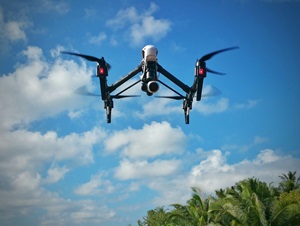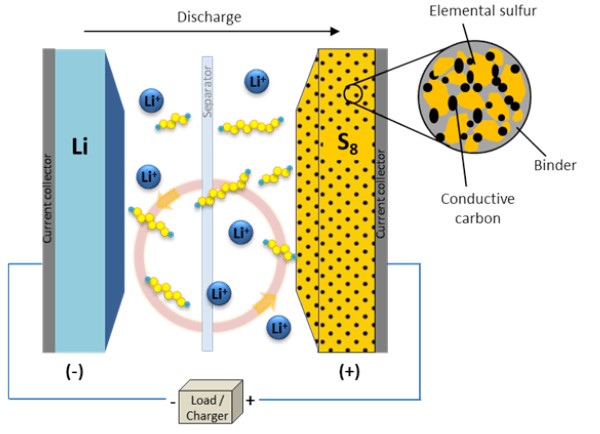- Unmanned Vehicles
- Drones
- Energy Technologies
- Energy Technologies
- Advanced Batteries
Drones Paving the Way for Next Generation Advanced Batteries

Unmanned vehicles (UVs), or drones, are becoming increasingly mainstream in several industries, but the underlying issue they face is determining what the ideal power-to-weight ratio should be for drones. The power-to-weight ratio is the metric that determines the amount of time the drone can operate on a single charge. For example, aerial drones typically have flight times of 10 to 30 minutes. Compounded with key functionalities like traction controls, guidance systems, sensors, cameras, data acquisition, data analysis, and cataloging, energy can be drawn from the battery quickly.
Advanced batteries provide inroads to solve this problem, and Guidehouse Insights expects this market to reach $224.9 million in 2026 alone. Historically, the drone industry used nickel-cadmium batteries, but lithium ion (Li-ion) batteries immediately improved the performance of the vehicle because of their lighter weight and higher power/energy density. Still, current Li-ion batteries may not be ideal in high temperature, elevated pressure, or extreme weather environments. These batteries operate best within a 0º F to 45º F temperature range at atmospheric pressure. Any deviation from this could result in catastrophic failure.
As battery manufacturers are looking to bring their next generation technologies to market, particularly in the transportation sector, drones are looking to be an important early market. This is because they can be used in similar use cases (i.e., for traction and propulsion) at a smaller, less capital-intensive scale. They can also be engineered for use in extreme environments. This is an important consideration when developing vehicles used underwater or in aerospace applications.
Aerial Drones: The Ideal Market for Battery Cells?
SolidEnergy Systems, a Massachusetts-based company, manufactures a semi-solid lithium metal cell. The company reports that this is the lightest rechargeable battery cell in the world. With the ultimate goal of entering the EV market at scale, the company has determined that aerial drones are an ideal niche market to test the performance and scalability of its technology. SolidEnergy states that—compared to current Li-ion batteries—its battery can increase flight times to over an hour and that this is steadily improving. The company closed on a funding round of $34 million in late January. These funds will be used to help spur the current low volume sales and increase manufacturing capacity to further drive down the battery’s current $500/kWh costs.
UK battery manufacturer Oxis Energy also sees aerial, aerospace, and underwater drones as early markets for its lithium sulfur (LiS) batteries. Though the company is continuing to mitigate the characteristic polysulfide shuttle problem endured by LiS batteries, it has seen interest from several UV companies to develop its technology and eventually deploy in the coming months. Oxis notably secured a grant to develop a 425 Wh/kg cell for aerial drone technology for aerospace applications.
Oxis Energy LiS Cell Diagram

(Source: Oxis Energy)
Niche markets like drone technology will be vital in ensuring that improved advanced batteries are meeting their technology roadmaps and that these batteries are on track to help tackle the impending EV and energy storage system boom. Ensuring that the batteries improve the power-to-weight ratio, meet performance requirements, and are safe in extreme environments will be critical to their mass deployment. As these are proven, economies of scale will develop and rapidly drive down system costs, paving the way for inroads into new, highly profitable market opportunities.